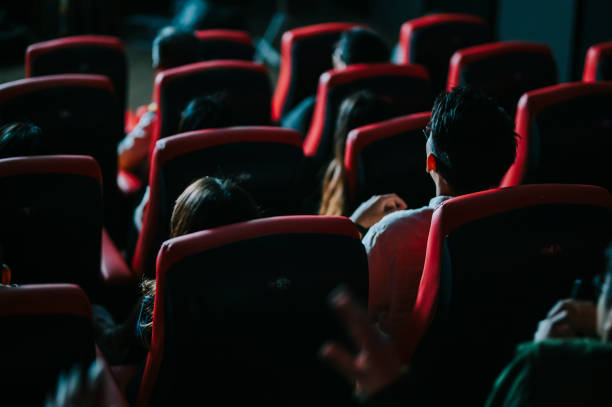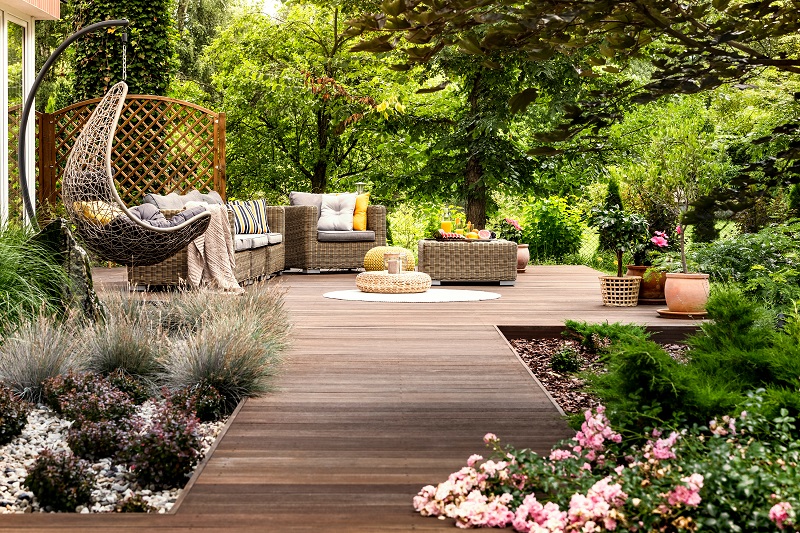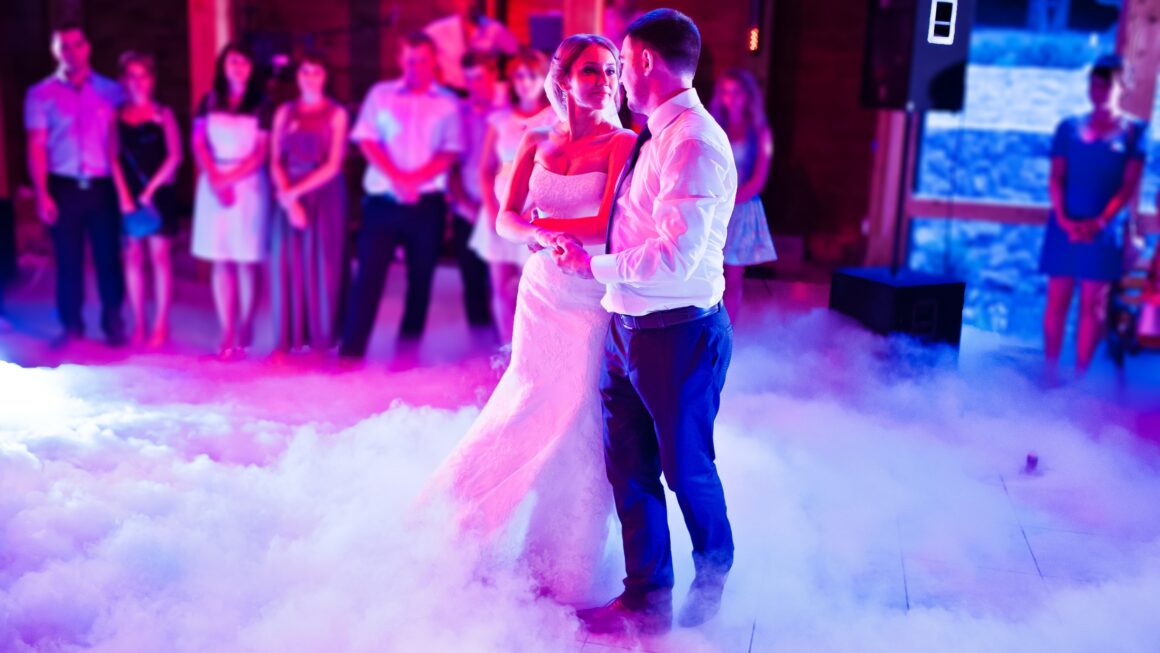When you sit down to edit your video, even if it’s just a short vacation clip from your smartphone, we bet there’s a spark of true filmmaking ambition deep down. And you probably want your video to look like a movie too! We absolutely get it. In fact, we hope that no one ever opens video editing software thinking, “Okay, let me quickly put together a few scenes without bothering if this movie will be a joy to watch.”
And while we’re probably not allowed to advise you on the directing part, we can definitely add two cents and show you how to apply a film look to a video using simple editing techniques. In this tutorial you will learn how to achieve this Hollywood look by adding black bars, using RGB filters and the gradient.
Maybe you won’t spend a lot of time on this, and you really don’t need special experience or knowledge, we will guide you every step of the way.
Step #1: Add black bars to a video to make it look cinematic
First, let’s see how to easily create black bars, or widescreen bars or letterbox bars, whatever this frame is called instantly, making any video look more cinematic as it was shot in movie theaters.
With Wooinfo Free Video Editor (download it here if you haven’t already), add a rectangle shape to the scene. Paint it black and stretch it to the width of the scene; you can do it manually or by using the ‘Coordinates’ in the Properties window on the right. You can also change the size of your black bar by adjusting its height to suit your needs. Finally, place the rectangle at the bottom of the scene, right click and hit ‘Duplicate’. You now have two identical black bars: one at the top and one at the bottom.
Here’s a 70-second video instruction to illustrate everything we just talked about.
Step 2. Make your video look like film using color enhancement techniques
Now we are going to work with color enhancement using the available filters.
First, add the RGB filter to the scene. To find this filter, go to ‘Video Effects’, select ‘Settings’ and click on ‘Red / Green / Blue’. You’ll notice a new layer on the timeline, called RGB 1. To the right, you’ll also notice the Properties window for adjusting color brightness levels. When you click the arrows to increase or decrease the number, you will see the immediate result in the Preview window. Keep adjusting until you are satisfied with the result.
After working with the RGB filter, go back to ‘Video Effects’ – ‘Adjustments’ – ‘Hue/Saturation/Value’ and play with the levels as well.
Step #3 Use a color gradient to make your video look like a movie
Finally, we step up your editing game and work with a more advanced tool used by professionals to achieve a cinema video look. We’ll show you how to use the Gradient tool.
In the same way you added the black bars above, add another rectangle to the scene and set it to be the same size as the input file (Properties windows, ‘Set Original Size’ option). This rectangle will cover the entire video.
Now, open the gradient settings (illustration below). To do this, in the ‘Properties’ window, scroll down to the ‘Brush’ and use the ‘Fill Background’ dropdown menu. In the Gradient Parameters, choose the ‘Photographic Toning’ template (you can choose any other template you like better, this is just the example used for the tutorial) and the Sepia Midtones preset (again, this has been used for this example). Click OK.
In the timeline, open the Blend menu and choose the blend mode called Screen. You will see that the video now has an additional layer to which a color gradient has been applied. Note that you can drag the arrow to indicate the gradient vector. If you want, you can always go back to the gradient settings and change the preset or adjust the intensity of the color to achieve the desired result.
Check out a video tutorial below if you need a more detailed illustration of everything we just talked about. And feel free to send us a message on Facebook!
Fancy more free editing tricks to make a video look like a movie and achieve cinematic effects? Check out our tutorials on creating ‘ Video in Text Mask ‘, using ‘ Blending Modes ‘ and the ‘ Picture in Picture ‘ effect.



